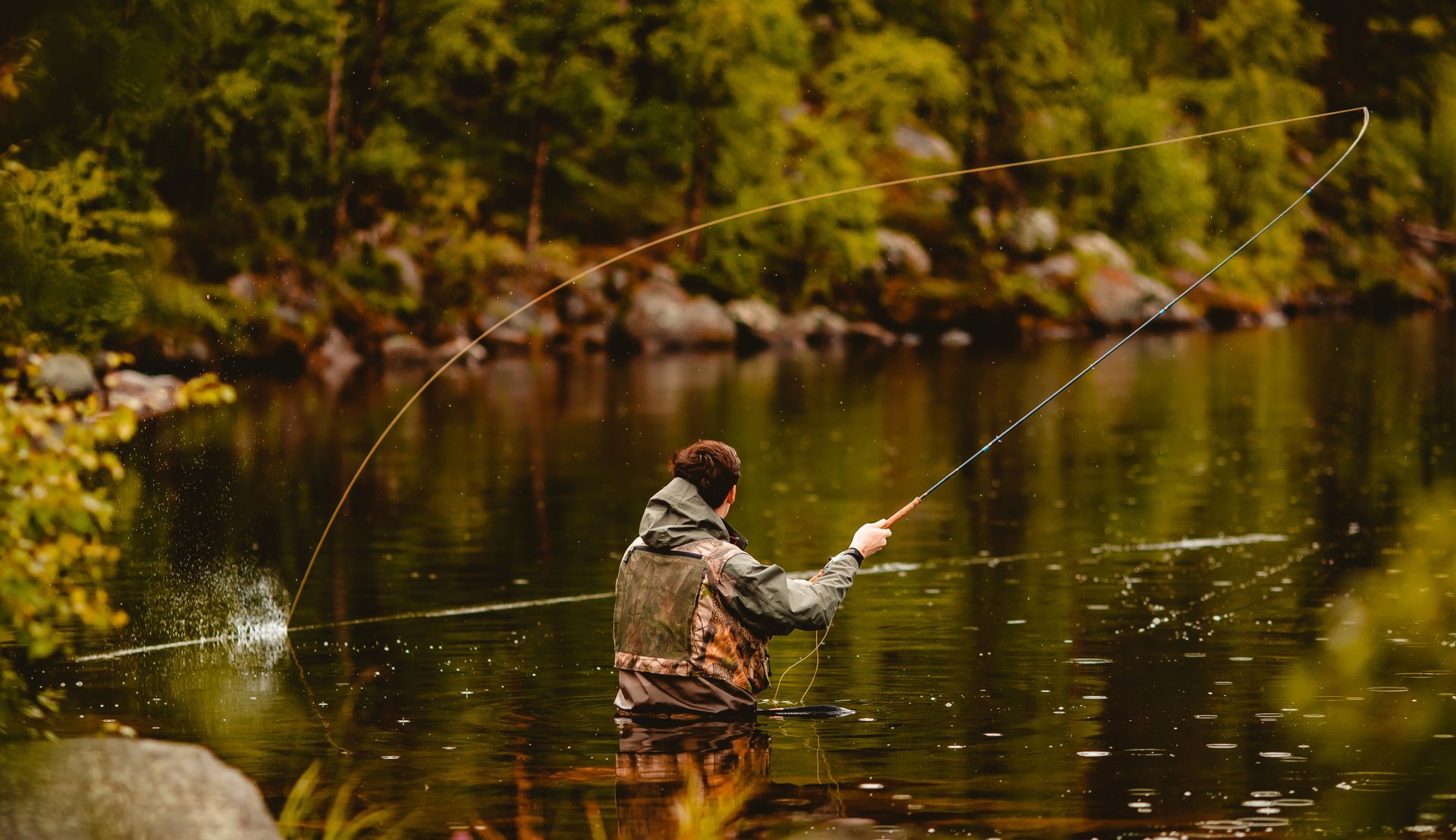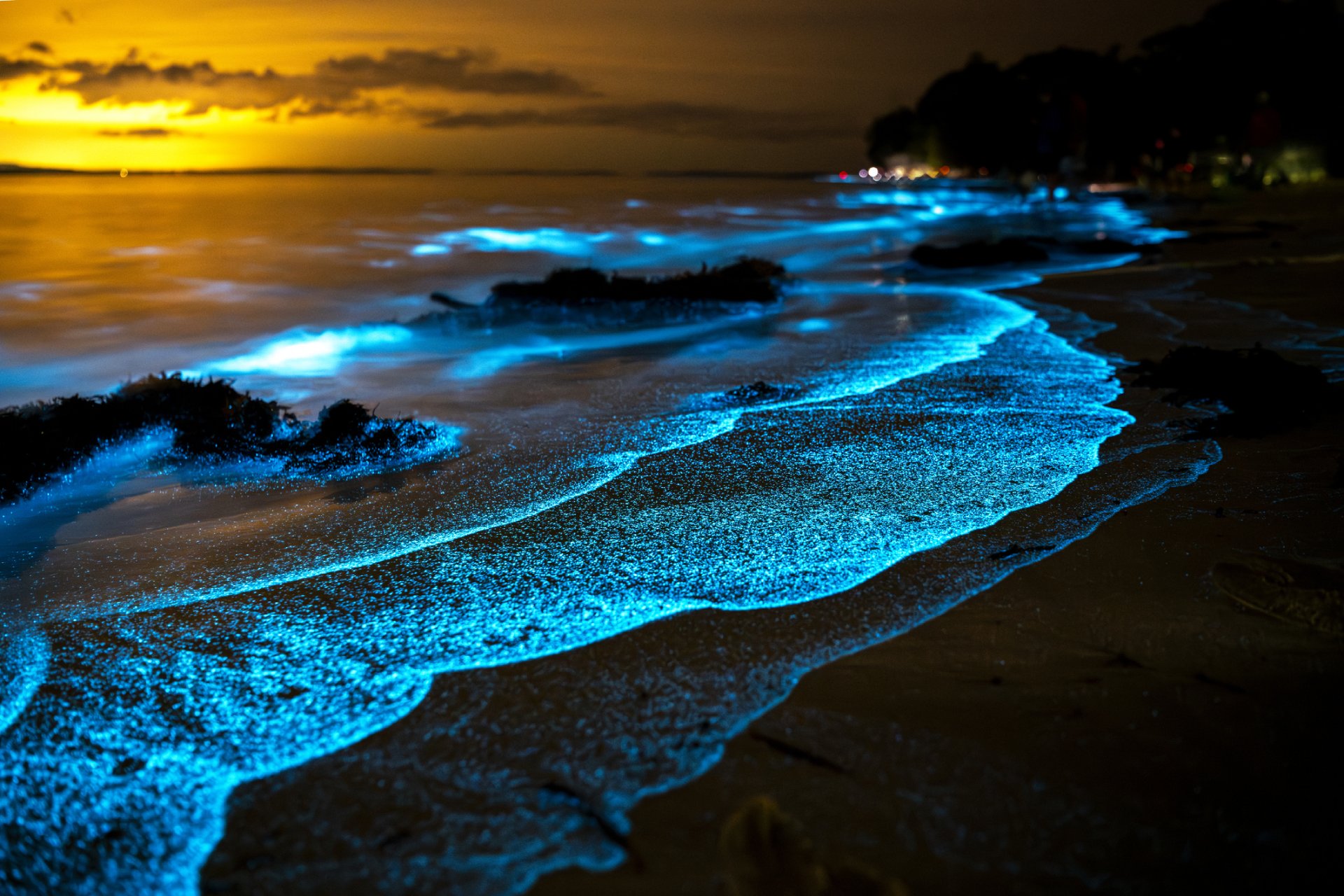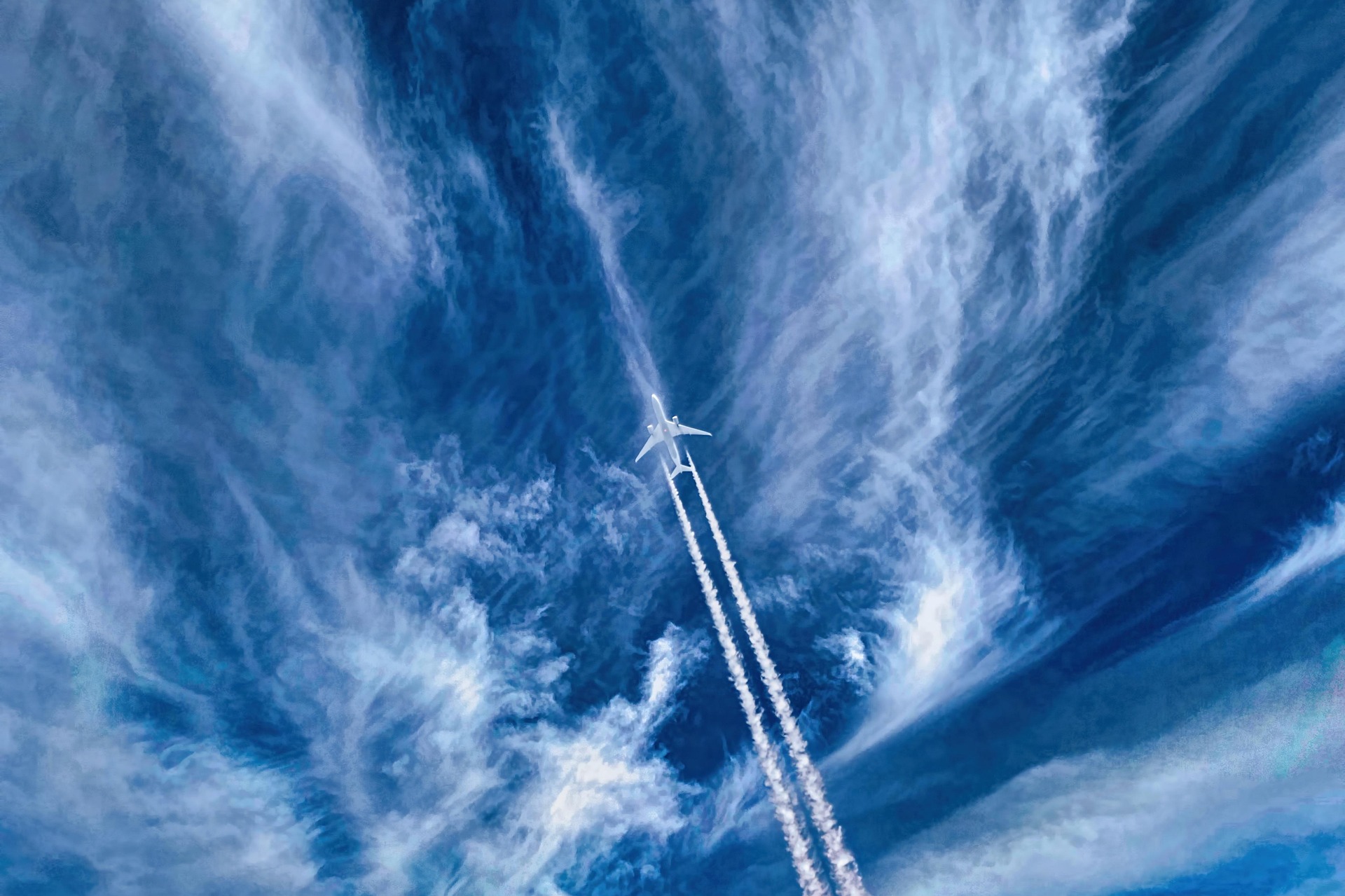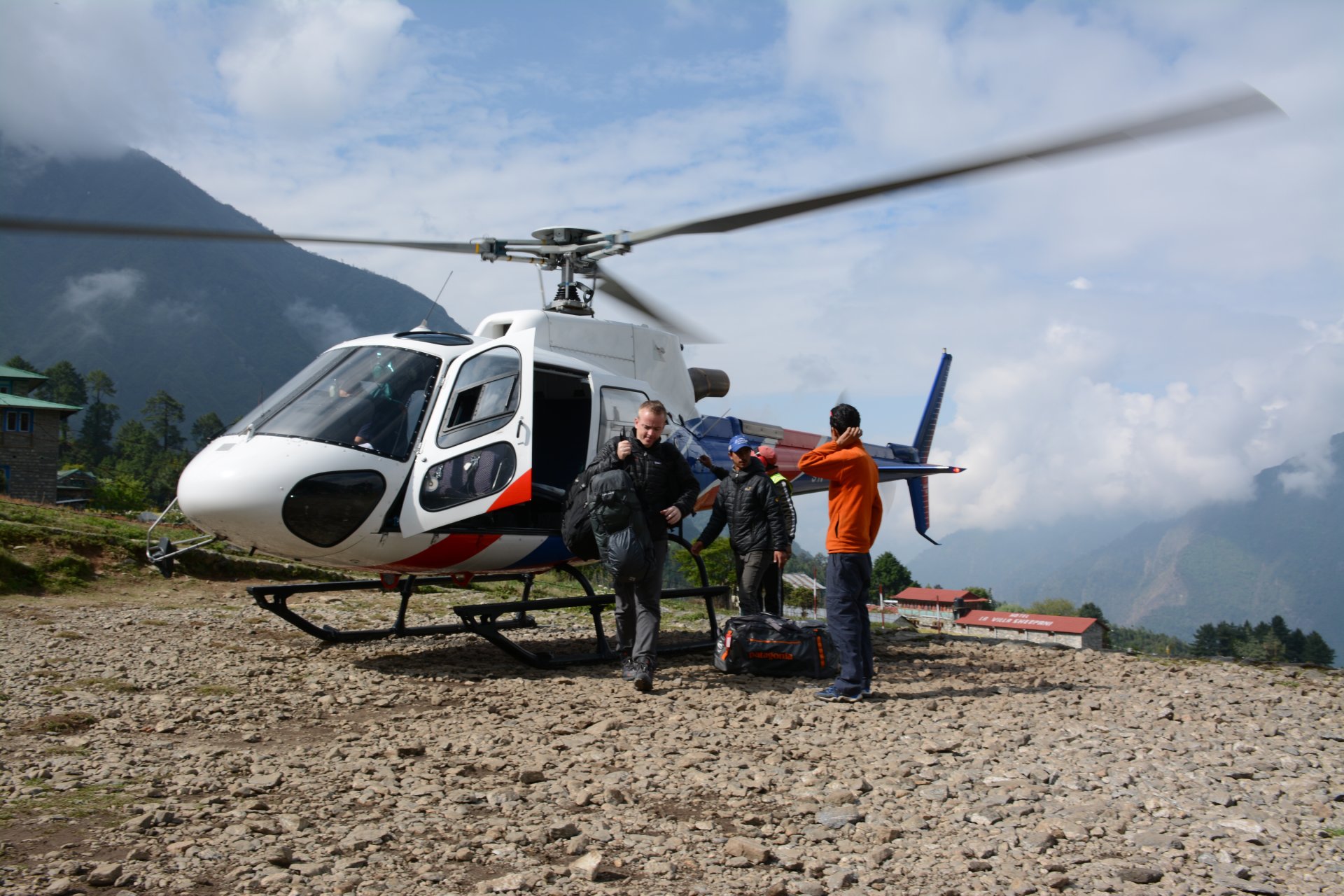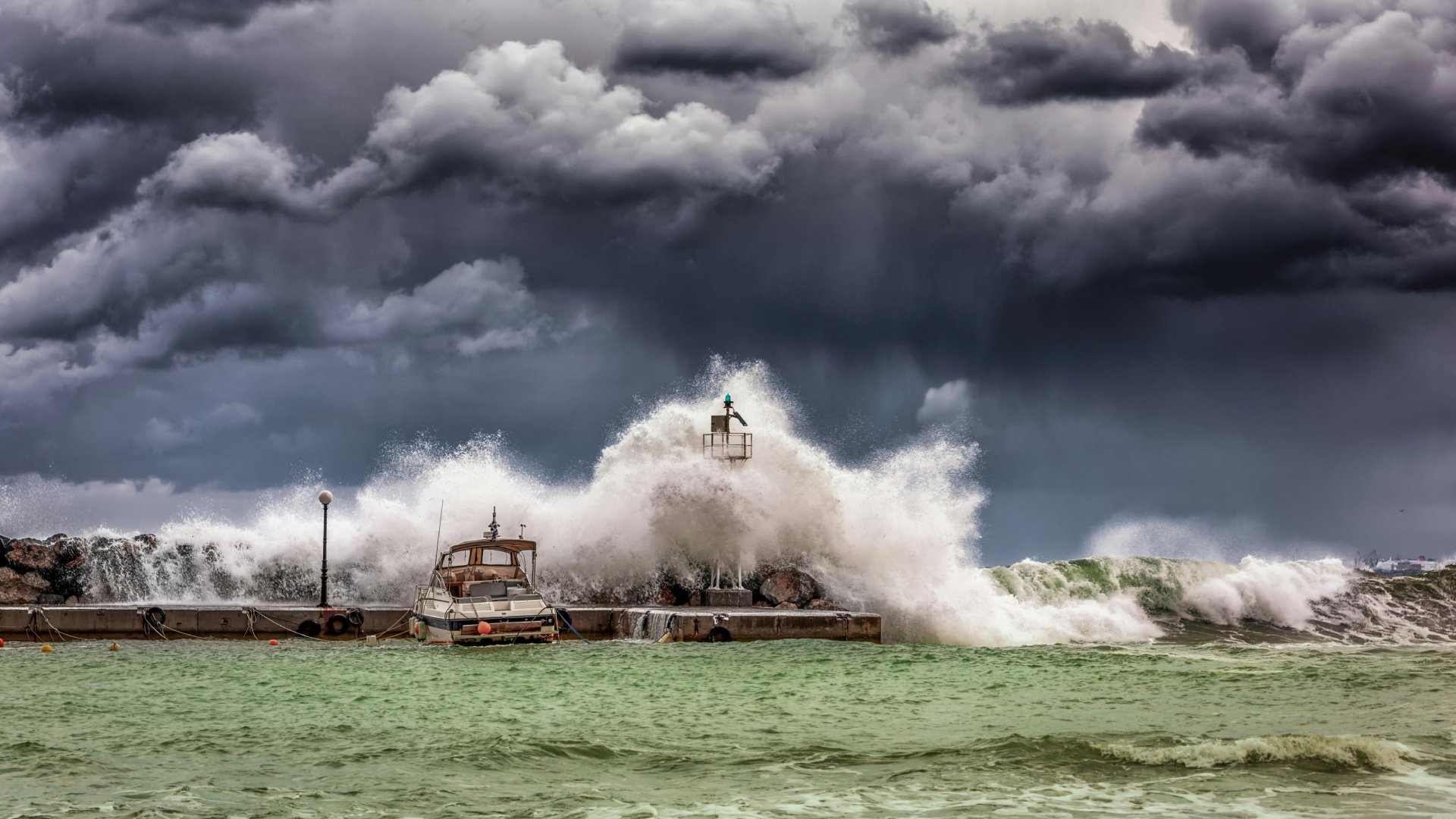Article Highlights:
- The Yucatán Peninsula offers fantastic saltwater fly fishing for bonefish, permit and tarpon.
- Montana’s rivers provide world-class trout fishing with fewer crowds in the spring.
- The Seychelles offers challenging flats fishing for species like bonefish and giant trevally.
- Remote destinations like Tierra del Fuego and Mongolia offer adventure but come with healthcare access challenges.
Fly fishing is a sport that invites enthusiasts to some of the most stunning and remote destinations in the world, offering an experience like no other. Whether in search of trophy-sized trout or testing your skills against wild salmon, the world’s best fly fishing destinations provide a mix of adventure, natural beauty and incredible angling opportunities.

Hot Spots in the Americas
Canada
Canada’s wide rivers and lakes are ideal for fly fishing, with species ranging from brook and rainbow trout to northern pike. Quebec’s Gaspé Peninsula is a famed destination for Atlantic salmon, while British Columbia’s wild rivers offer opportunities for giant steelhead. Canada’s excellent healthcare system ensures you’re never too far from medical assistance. However, when venturing into remote wilderness areas, always have a plan for emergencies, and carry necessary gear for safe travel.
Chile
Chile is one of the best-kept secrets of the fly fishing world. With rivers like the Río Futaleufú and the Río Yelcho, Chile offers outstanding trout fishing in stunning Patagonian surroundings. Here, anglers can target browns, rainbows and brook trout while casting amid breathtaking vistas. Chile’s remote fly fishing lodges, however, are often far from major medical facilities, so it’s critical to bring a comprehensive first aid kit and travel with a reputable guide service.
Alaska
Alaska offers the ultimate wilderness fly fishing experience. The state is famous for its salmon runs, which bring enormous king, silver and sockeye salmon into its rivers. Along with trout and arctic char, Alaska is a dream for fly anglers who want a combination of wilderness and spectacular fishing opportunities. But its sheer remoteness can pose risks; medical help may be far away, so anglers should travel with satellite phones and ensure they have a well-stocked first aid kit.
Tierra del Fuego
The southernmost tip of South America, Tierra del Fuego, offers one of the world’s most rugged and challenging fly fishing destinations. This region is known for its sea-run brown trout, with specimens reaching massive sizes. The wind can be unforgiving, and weather conditions harsh, but for those looking for a true adventure, there’s nothing quite like fly fishing in these waters. Be aware that the region’s remoteness means access to medical care is limited, so it’s wise to have travel insurance and medical evacuation options in place.
Mexico
Mexico’s Yucatán Peninsula is a fly fishing paradise, known for its saltwater fly fishing trips targeting bonefish, permit and tarpon. The flats of Ascension Bay are a prime destination, where the shallow waters teem with species ideal for catch-and-release fly fishing. Anglers often rave about the spectacular weather and the ease of access to guided tours, while enjoying nearby amenities for a relaxing stay after a day on the water. Stay hydrated and use sun protection, as the tropical sun can be unforgiving.
Argentina
Argentina’s Patagonia region is another hotspot for fly fishing, especially along the Rio Malleo, Rio Chimehuín and Rio Traful. Known for its abundant brown and rainbow trout, Argentina is a paradise for anglers seeking serenity and solitude. Many outfitters offer luxurious lodges, but it’s important to know that Argentina’s healthcare system in more remote areas can be limited. Travelers should make arrangements for emergency medical care, especially if venturing far from larger cities.
Montana
Montana is a fly fishing mecca for trout anglers from around the world. The state’s expansive rivers, including the Madison, Yellowstone and Gallatin, provide perfect conditions for landing rainbow, brown, and cutthroat trout. Spring and early summer are prime seasons, with crystal-clear water and hatches that make trout feeding frenzies common. As highlighted in Spring Fling: A Fine Time To Fly Fish, spring is ideal in northern U.S. locations like Montana, when the post-winter calm brings fewer crowds and hungry fish. Be prepared for rapidly changing weather conditions, as temperatures in Montana can shift quickly.
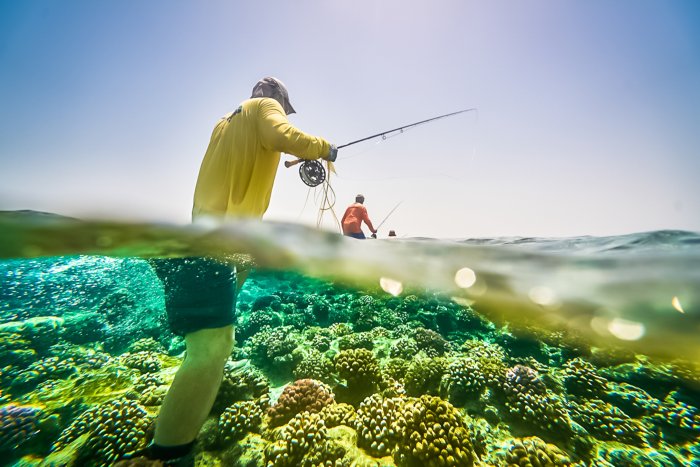
More Global Hotspots
Fly Fishing in the Seychelles
For a unique saltwater fly fishing experience, look no further than the Seychelles in the Indian Ocean. This archipelago is renowned for its diversity of fish species, including bonefish, giant trevally and milkfish. The flats are challenging, offering clear waters and pristine environments perfect for sight fishing. The Seychelles is considered one of the world’s most coveted fly fishing destinations, but it can be physically demanding due to the tropical climate and challenging terrain, so ensure you’re in good health and prepared for long days wading in the sun.
New Zealand
New Zealand is famed for its world-class fly fishing opportunities, especially for trophy-sized brown and rainbow trout. The crystal-clear streams of the South Island are legendary among fly fishers. Here, the fishing is often technical, requiring precise casting and presentation to outwit wary fish. New Zealand’s dramatic landscapes enhance the experience, with each cast against a backdrop of towering mountains and rolling hills. Make sure to pack for all types of weather, as New Zealand can be unpredictable. Carry first aid essentials, especially if trekking to more remote spots.
Mongolia
Mongolia offers one of the most exotic fly fishing trips in the world. The country’s pristine rivers are home to the taimen, the world’s largest trout, capable of reaching lengths of up to 6 feet. The country’s isolation, combined with the challenge of catching these enormous fish, makes Mongolia a bucket-list destination for many anglers. While the scenery is stunning, Mongolia’s healthcare facilities are few and far between. Emergency medical support is often hours or even days away, making it essential to travel with a well-prepared guide and consider services like Global Rescue for peace of mind.
Iceland
Iceland offers one of the most visually stunning fly fishing experiences in the world, with opportunities to catch Atlantic salmon, brown trout and Arctic char. The country’s strict fishing regulations and pristine environments ensure that Iceland remains a fly fishing paradise. The rugged terrain and isolation in parts of Iceland mean that getting injured can pose significant challenges. Always travel with a guide, and ensure you have comprehensive travel insurance and access to medical evacuation services if needed.
Health and Safety Considerations
No matter where your fly fishing adventures take you, ensuring your health and safety is a top priority. Carrying a first aid kit, knowing your surroundings and understanding local healthcare access are all essential for a safe and enjoyable trip. Risks like dehydration, altitude sickness and accidents on rugged terrain can happen unexpectedly, so make sure you are prepared for the challenges of each location.
[Related Reading: What’s in Your Fishing First Aid Kit? ]
Fishing isn’t as high risk as some sports. “We do not see many fishing injuries,” said Jeffrey Weinstein, medical operations supervisor at Global Rescue. “I would say the most frequent are hook-related or falls.”
Weinstein, with training and experience in austere medicine and wilderness rescue, likes to be prepared for all possible situations.
“People may be on prolonged fishing expeditions, possibly at sea or in remote areas,” he said. “Minor injuries can become big issues if left uncared for while trying to get out of a remote area.” A Global Rescue travel protection membership includes emergency rescue, evacuation and medical advisory.
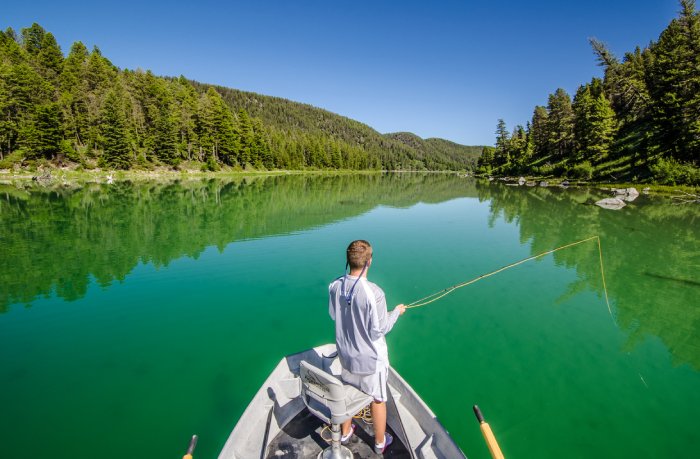
Safety Tip: Pack a Medi-Pack
Global Rescue Safe Travel partners, like The Fly Shophttps://www.theflyshop.com/ in Redding, California, know what anglers need to stay safe.
Patrick Pendergast is the director of international travel at The Fly Shop, a leading fly fishing outfitter, travel agent and retail store. He always carries the Northwest River Supply Paddler Medical Kit while fishing.
“It comes in a waterproof dry bag and has most of the essentials you would need,” Pendergast said.
Amy Ray, president of The Sisterhood of the Outdoors, a company dedicated to creating opportunities for women to hunt, fish and learn to shoot, also brings something sharp with her on fishing trips: “Wire snappers if you have to push a barb through your finger.” “Where we go, you can’t walk out,” Ray said. “Although we’re most often dealing with cuts and scrapes — a slip of a knife is the most common injury — it’s important to have the basics with you at all times.”
Weinstein recommends vacuum sealing different modules within your fishing first aid kit to protect it from water exposure.
“I would vacuum seal a medications module, a bandaging module, etc. You can cut a little triangular notch in the side to make it easier to rip open when needed,” he said. “Then I would vacuum seal the entire bag. This way if you open one module for something everything else is still protected. I would also carry extra zip-lock bags to seal an opened module.”
Fly fishing is more than just a sport—it’s an adventure that takes you to some of the most awe-inspiring corners of the globe. Whether you’re chasing trout in the streams of Montana, hunting for taimen in Mongolia or casting for bonefish in the Seychelles, each destination offers its unique challenges and rewards. Always ensure you’re prepared for the unexpected by taking precautions, staying informed about local health and safety conditions and considering travel protection services like Global Rescue.

